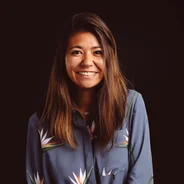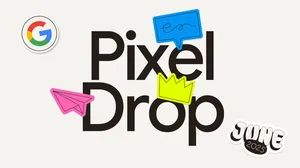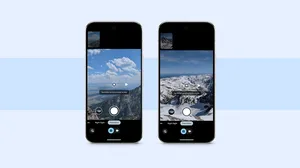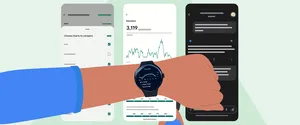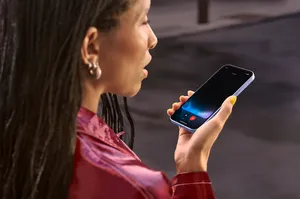6 photography tips to capture the solar eclipse with your Pixel
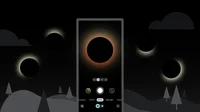
On April 8, a total solar eclipse will make its way across North America. That means that for people in the 115-mile wide path of totality, there will be a handful of minutes when darkness creeps across the horizon, dimming what might otherwise be a bright, sunny afternoon as the moon entirely blocks out the sun. It’s an event that won’t happen again, in these conditions, for another 20 years.
The town of Jasper, Indiana sits in the path of totality, and for the past two years, my friends and I have been planning a trip there to go see the eclipse. As the appointed photographer of my friend group, all eyes are on me to document it. And luckily, working at Google, I have access to some pretty amazing photography experts. Enter: Michael Specht, a Pixel Camera product manager who fell in love with photography in high school when developing film for the first time. Today, he’s an image quality expert who looks at how we build Pixel cameras.
After chatting with Michael, here’s everything he recommended for capturing the eclipse with your Pixel phone. (And don't worry — even if you won't be in the path of totality next week, you can still use Michael's tips for photographing the partial eclipse.)
Prepare your packing list

When traveling to the path of totality, Michael recommends packing a few specific items. To start with: A camera, of course. I’m bringing my trusty Pixel 8 Pro, which has an excellent camera and powerful telephoto lens. Also, don’t forget to pack a charger, and maybe even a spare battery pack. “It's a good thing to not be in a state of panic when you’re deciding whether to have your camera rolling or your phone shut off to save battery,” Michael says. And finally, remember to pack solar filters so you can look at and take photos of the sun before totality (and here’s a friendly reminder to NOT look into direct sunlight, which is especially important to remember during the longer stages of partial eclipse surrounding the brief period of totality).
Practice, practice, practice

“The first time you use your phone’s camera shouldn’t be the day you actually want to capture your image,” says Michael. “We’re in the digital age, so it doesn’t cost money to go capture a thousand images to see what the different settings do! Use your tools, test them out and become familiar with them.” Practice taking photos at different times of day, to mimic the descent into darkness that will happen at the time of the total eclipse itself. Michael suggests playing around with my Pixel 8 Pro camera’s Pro Controls — testing the ISO, exposure time, focus, brightness and shutter speed.
And speaking of your focus settings: it may be a challenge, as photographing the sun can be tough for any camera. Try tapping where different elements meet within the frame, like where the sky meets the sun’s edge, to get the best focus. Once you have it, feel free to tap and hold the screen to lock focus. And if tapping’s just not working, you can adjust the slider in Pro Controls for a totally manual option.
Keep in mind: There won’t be a magic setting to get your perfect image every time — a lot of it is trial and error, and adjusting and adapting in real time as conditions change.
Click wisely — or use a tripod
To reduce any accidental shakes, it doesn’t hurt to bring a tripod (and don’t forget a Pixel mount to attach your phone to it!). But if your suitcase is too full for any extra gear, that’s OK, too: There are a couple of things you can do to keep your phone a little steadier while you're holding it. If you’re a Pixel Watch user, for example, you can remotely control your phone with the Google Camera app on your watch. Alternatively, you can tap the photo settings button on the bottom left side of your phone screen in the Camera app and set a timer, so that the shutter automatically goes off after 3 or 10 seconds. You can also practice a small, light thumb press ahead of time — the on-screen Shutter button doesn’t require a lot of pressure to capture an image.
Let the camera do the work
The Pixel 8 camera comes with some really amazing automatic capabilities, so feel free to start with all settings on auto and then adjust from there, as needed. During the eclipse, the sky will gradually get darker as the moon slowly passes between us and the sun — and the Pixel phone has automatic settings that can handle this. The screen auto-adjusts brightness depending on the lighting conditions, and Night Sight will automatically kick in if the light reaches a certain level.
If you’d like to play with the settings yourself, now’s the time where all your practice with Pro Controls and Pixel 8 Pro’s other camera settings can come in handy. But while Pixel phones can do astrophotography, Michael advises against using it for the total eclipse, as sometimes exposure can take up to 4 minutes — totality is predicted to be around or less than 4 minutes total, depending on location, and you don’t want to spend it all on one photo!
Get creative
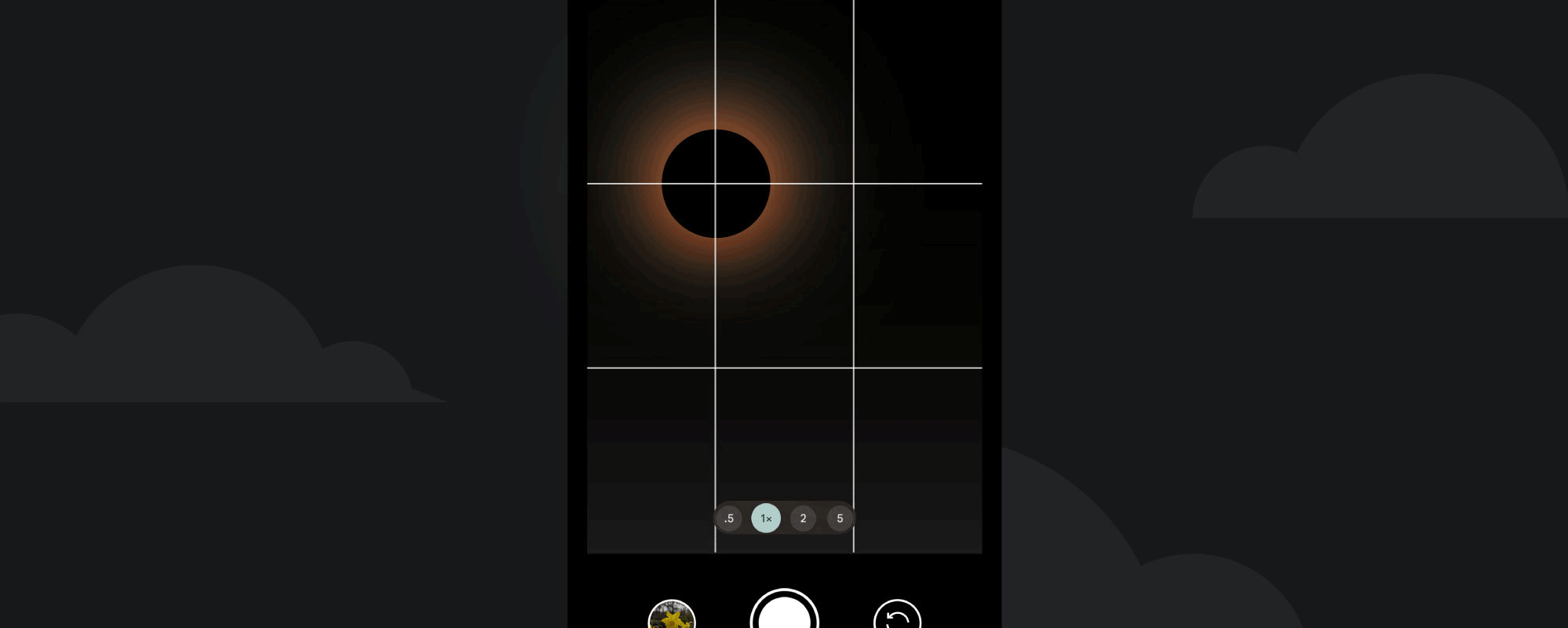
Experiment with different photo compositions — for example, instead of placing the eclipse in the very center of your photo, you can use the camera app’s grid tool to compose a photo using photography’s “rule of thirds.” To do this, enable the grid in the Pixel camera app by tapping the Settings button in the bottom left corner and try placing the eclipse in a spot where the lines intersect.
And taking photos of the eclipse can include more than images of the sky — it can also be about capturing who you're viewing it with! Last year, we launched Best Take, a Google Photos feature that lets you curate the perfect group shot. Michael noted that it can be fun to choose everyone’s worst take, for a funny spin on things. You can use it by going to Google Photos after taking a few pics within seconds of each other, choosing Best Take from the edit tools, and then selecting each person’s face to see their best (or worst) moments.
Enjoy the moment
And finally, remember to look up (with eye protection) and enjoy the moment! “We often live our lives looking through a viewfinder — so remember to capture images, but also stop and look at it firsthand!” Michael says. Solar eclipses don’t come along that often, and it’s not just the photos that can be pixel perfect during these events: It’s the memories, too.
